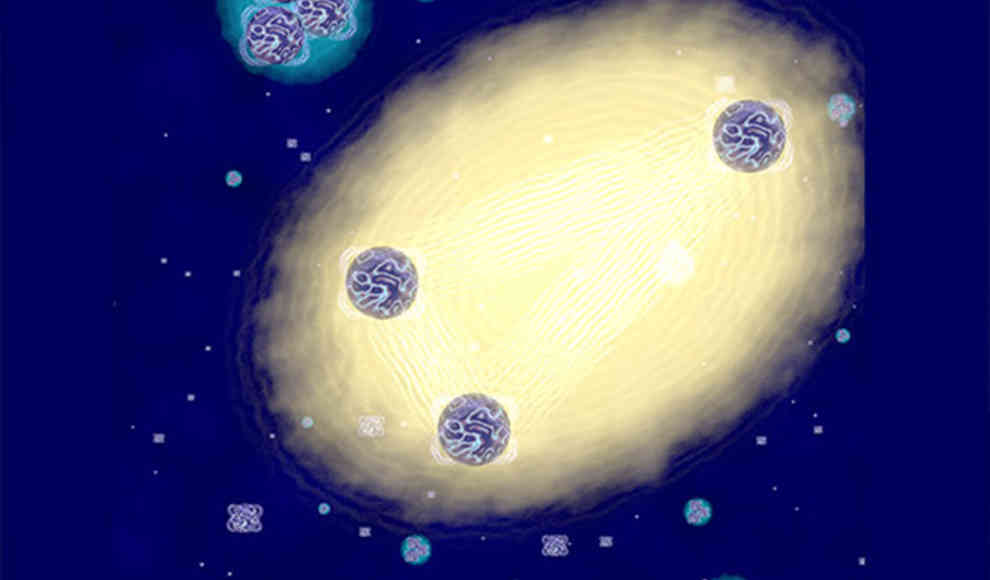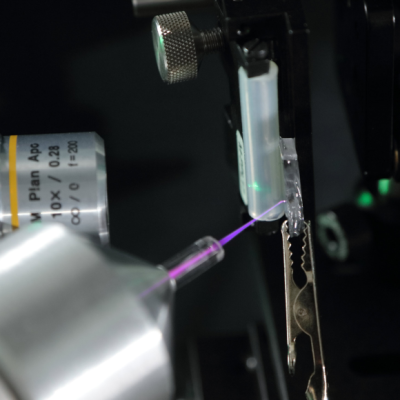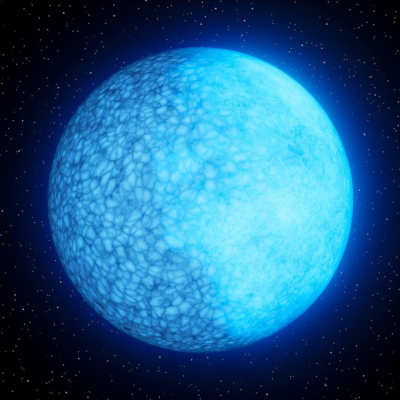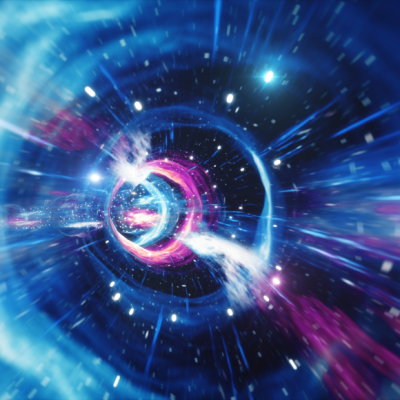In a groundbreaking discovery, scientists have experimentally proven the existence of the Efimov trimer, a state of matter that was previously only theoretical. The Efimov trimer is a unique combination of excited atoms that form into three-particle pairs with extremely large distances between them. This state of matter was first predicted by Vitaly Efimov in 1970, but until now, it had never been observed experimentally. The discovery was made by Maksim Kunitski and his team at the Institute for Nuclear Physics at Goethe University in Frankfurt, Germany.
Efimov’s prediction was based on his study of a three-particle quantum system, in which the attraction between two particles becomes so weak that the bond dissolves. He concluded that the three-particle molecule could take on an infinite number of bound states instead of breaking apart. This led to the field of “Efimov physics,” which has been enthusiastically researched ever since. The Efimov trimer, a system of three helium atoms, is a prime example of this quantum effect. However, all attempts to detect this weakly bound helium have failed until now.
Kunitski was able to create a stable Efimov trimer by expanding helium gas through an extremely fine nozzle into a vacuum at eight degrees Celsius above absolute zero. He then separated the trimers using a hyperfine grid and measured their structure and bond distances using the Coltrims microscope developed at Goethe University. Each helium atom had to be ionized with a laser to make this possible. With the help of Doerte Blume, a theorist in this field at Washington State University, Kunitski determined that one of the sought-after Efimov states had occurred naturally in his experiment. The bond distances in the giant molecule measured 100 angstroms or more, and the atoms were arranged asymmetrically, in contrast to the normal structure.
“This is the first stable Efimov system ever discovered,” said co-author Reinhard Dörner of Goethe University Frankfurt. “This three-body system flies through the vacuum chamber without further interaction and without the need for external fields to maintain it.” Kunitski added that the Efimov effect is not an exotic special case but an example of a universal quantum effect that plays an important role in many areas of physics, including cold atoms, clusters, nuclear physics, solid-state physics, and even biology.










